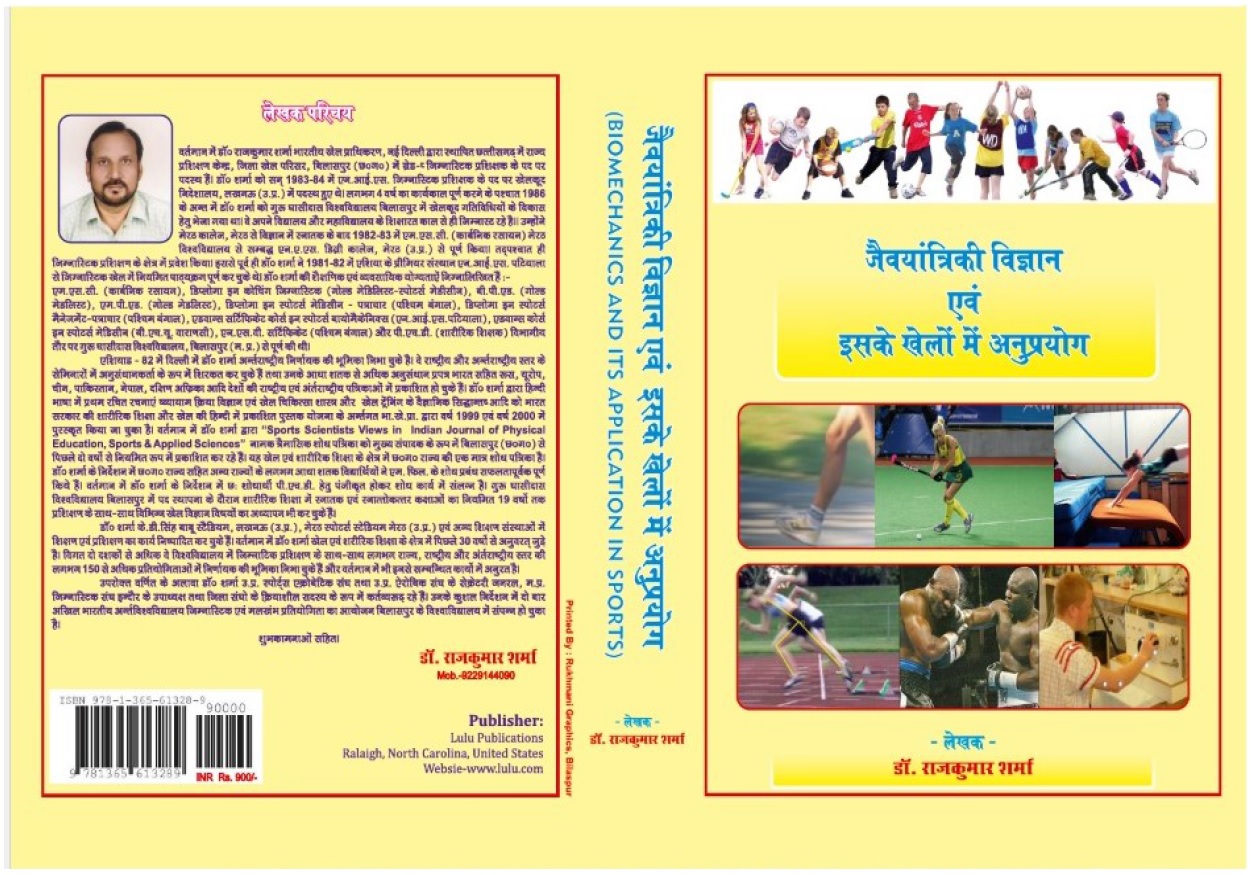| S.No. | Total View Count | Title of Manuscript | Page No | Download/ PDF |
|---|---|---|---|---|
| 1 | THE STUDY OF MENTAL IMAGERY DIMENSIONS AND THEIR RELATIONSHIP TO PERFORM DIVE ON FLOOR EXERCISE IN GYMNASTICS Author: Dr. Salah. S. Sarteep1 | 19-23 |  24 24 |
Article info
doi no.: 05-2016-44975451,
DOI Link :: http://doi-ds.org/doilink/02.2021-66339337/IJPESAS/2021/JAN/V11/I1/A4
AFFILIATIONS:
- Researcher, College of Physical Education and Sport Science Salahaddin University, Erbil (Iraq), Email- salah.sarteep@su.edu.krd
The Main Purpose of the current study was to Study of Mental Imagery Dimensions and their Relationship to Perform Dive Roll on Floor Exercise in Gymnastics as well as the level of mental imagery for the study sample .Sport Imagery Questionnaire was applied to measure the imagery ability of the athletes’ skill performance, a s well as the test of dive-roll for (35) undergraduate male students, chosen from the second year of college of physical education and sports science, students at salahddin university Erbil.(n=35, age19±1.44 years). descriptive research method used as it suits the nature of the research problem. There searcher used the following statistical means (the mean, standard deviation, person correlation coefficient). There results indicated that the overall level of Mental Imagery was moderate as well as a significant relationship between the study variables. The researcher recommended paying more attention to the mental imagery along with preparing the learning and training schedules.
Keynotes: Mental imagery, gymnastics, male students, Floor exercise, skill, performance.
References
Driskell, J.E., Copper, C., & Moran, A. (1994). Does mental practice enhance performance? Journal of Applied Psychology, 79, 481-492.
Elliott, D. & Khan, M.A,(eds).(2010).Vision and goal directed movement ,Neurobehavioral perspective ,U.S.A,Human Kinetics.
Evans, L., Hare, R., & Mullen, R. (2006). Imagery use during rehabilitation from injury. Journal of Imagery Research in Sport and Physical Activity, 1(1), 1-19.
Gabel, G.T. (1998). Gymnastic wrist injuries. Clinics in Sports Medicine, 17, 611-621
Hall, C. R., Mack, D. E., Paivio, A., &Hausenblas, H. A. (1998). Imagery use by athletes: Development of the Sport Imagery Questionnaire. International Journal of Sport Psychology, 29(1), 73–89.
Heuzé JP, Lévèque M. (1998), Préparationpsychologique etoumentale :uneanalyse comparative. In P. Fleurance (Ed), Entraînement mental et sport de haute performance Paris: Editions INSEP, 41-69.
Malik,S,.Yada,M.(2015).A comparative study of imagery usage among sportspersons belonging to different Sports. International Journal of Physical Education, Sports and Health 2015; 2(1): 217-219
Strachan,L.,Munroe,K.Chandler,M,.(2006) Using Imagery to Predict Self-Confidence and Anxiety in Young Elite Athletes.Journal of Imagery Research in Sport and Physical Activity.voulum (1).issue (1). DOI: https://doi.org/10.2202/1932-0191.1004 Published online:31 Oct 2006.
Taylor, J.,& Wilson, G. (2005). Applying Sport Psychology: Four Perspectives. 117-134.Champaign, IL: Human Kinetics
Terry, P. C. (2003) ‘An Overview of Mood and Emotion in Sport’, University of Southern Queensland, (January 2003), pp. 1–11.
Thanoon, M.(1987).sport psychology .daralkoutib .musel.
 admin@sportscientistsviews.com
admin@sportscientistsviews.com





